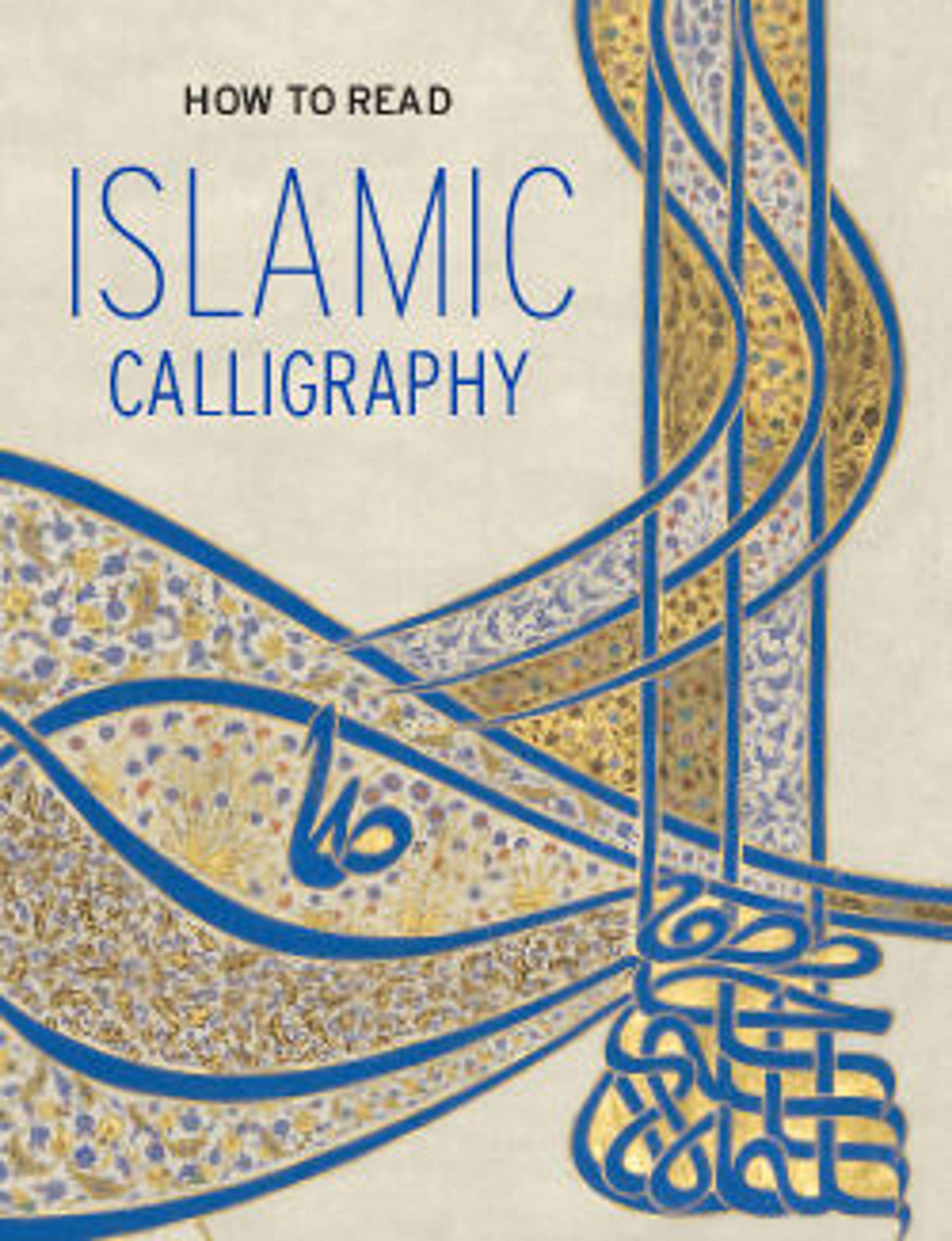Deep Dish
With shimmering copper tones, often combined with cobalt blue, lusterware from Valencia depends on Islamic tradition, both in technique and in decoration. Here, the central motif is a palm tree surrounded by bands with a repeating al-afiya motif—a stylized shorthand of the Arabic word for "health" and "happiness." Valencian ceramics with these designs have been excavated in Egypt and must have been shipped from Spain to Muslim clients there, but luxurious plates like this were also highly prized in European royal and noble households. This bowl, probably a remnant of a larger table service, was made for export to the Dazzi family of Florence, whose arms it bears on the reverse.
Artwork Details
- Title: Deep Dish
- Date: ca. 1430
- Geography: Made in probably Manises, Valencia, Spain
- Culture: Spanish
- Medium: Tin-glazed earthenware
- Dimensions: Overall: 2 3/8 x 17 3/4 in. (6 x 45.1 cm)
- Classification: Ceramics
- Credit Line: The Cloisters Collection, 1956
- Object Number: 56.171.162
- Curatorial Department: Medieval Art and The Cloisters
More Artwork
Research Resources
The Met provides unparalleled resources for research and welcomes an international community of students and scholars. The Met's Open Access API is where creators and researchers can connect to the The Met collection. Open Access data and public domain images are available for unrestricted commercial and noncommercial use without permission or fee.
To request images under copyright and other restrictions, please use this Image Request form.
Feedback
We continue to research and examine historical and cultural context for objects in The Met collection. If you have comments or questions about this object record, please contact us using the form below. The Museum looks forward to receiving your comments.
